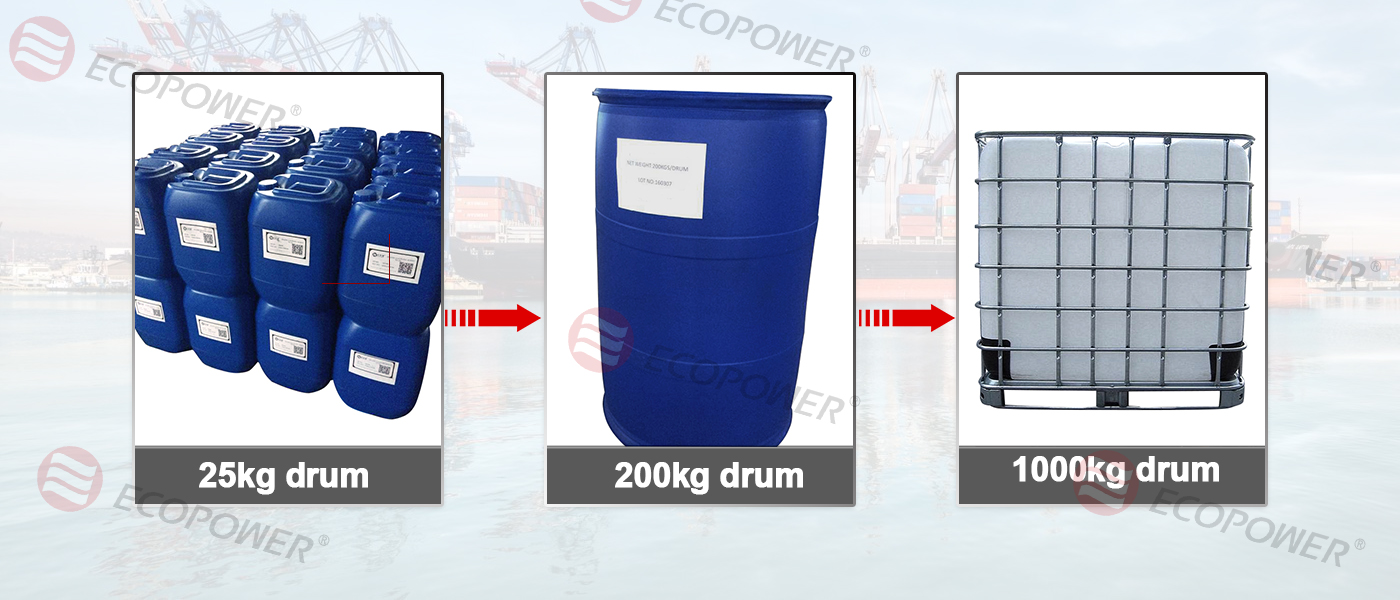 Whatsapp us
Whatsapp us
Silane coupling agent is a compound that can produce certain binding force with polar and non-polar substances at the same time. It is characterized by having both polar and non-polar moieties in the molecule, such as amino silane, epoxy silane, alkyl silane and benzene. Organic functional groups such as alkali are often chemically combined with organic functional groups in the binder matrix resin; methylamino, ethylamino, etc., these genes are easily hydrolyzed into silanols, which can be combined with inorganic substances (glass, silica, metal, clay, etc.) The oxides on the surface combine and react with hydroxyl groups to form stable silicon-oxygen bonds.
Therefore, by using a silane coupling agent, a "molecular bridge" can be set up between the interface of inorganic and organic matter, connecting two materials with completely different properties, thereby effectively improving the bonding strength of the interface layer.
Adding a silane coupling agent to the adhesive can not only improve the adhesive strength, but also improve the durability and moisture-heat aging resistance of the adhesive. For example, polyurethane, although it has high adhesion to many materials, its durability is not ideal, and its durability is significantly improved after adding a silane coupling agent.
When studying the wet-heat durability of titanium alloy adhesives, by adding a silane coupling agent to the epoxy adhesive used, the shear strength retention rate of the adhesive after wet-heat aging increased from about 80% to about 97% About.
Silane coupling agents can even be used directly as adhesives for bonding silicone rubber, fluor rubber.
